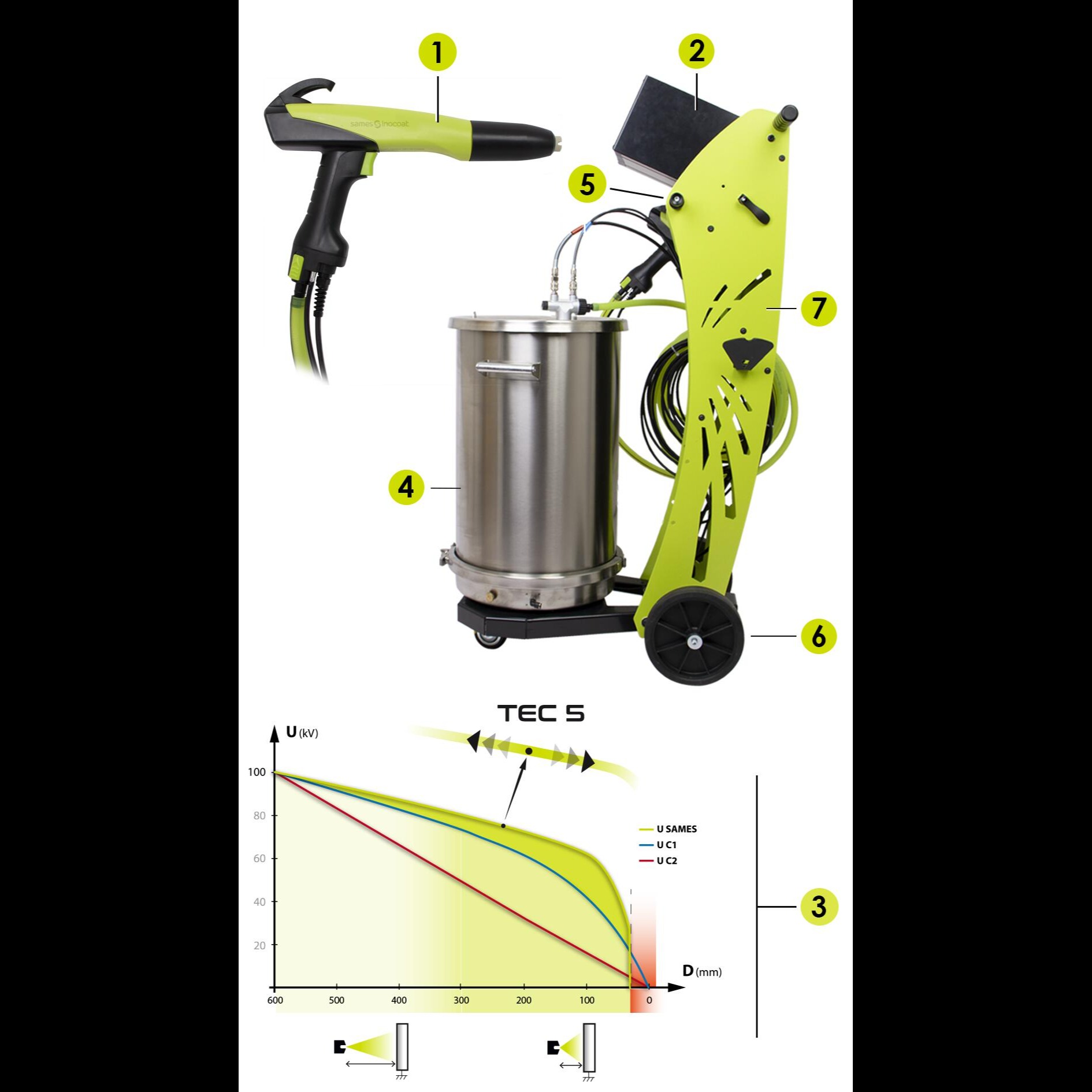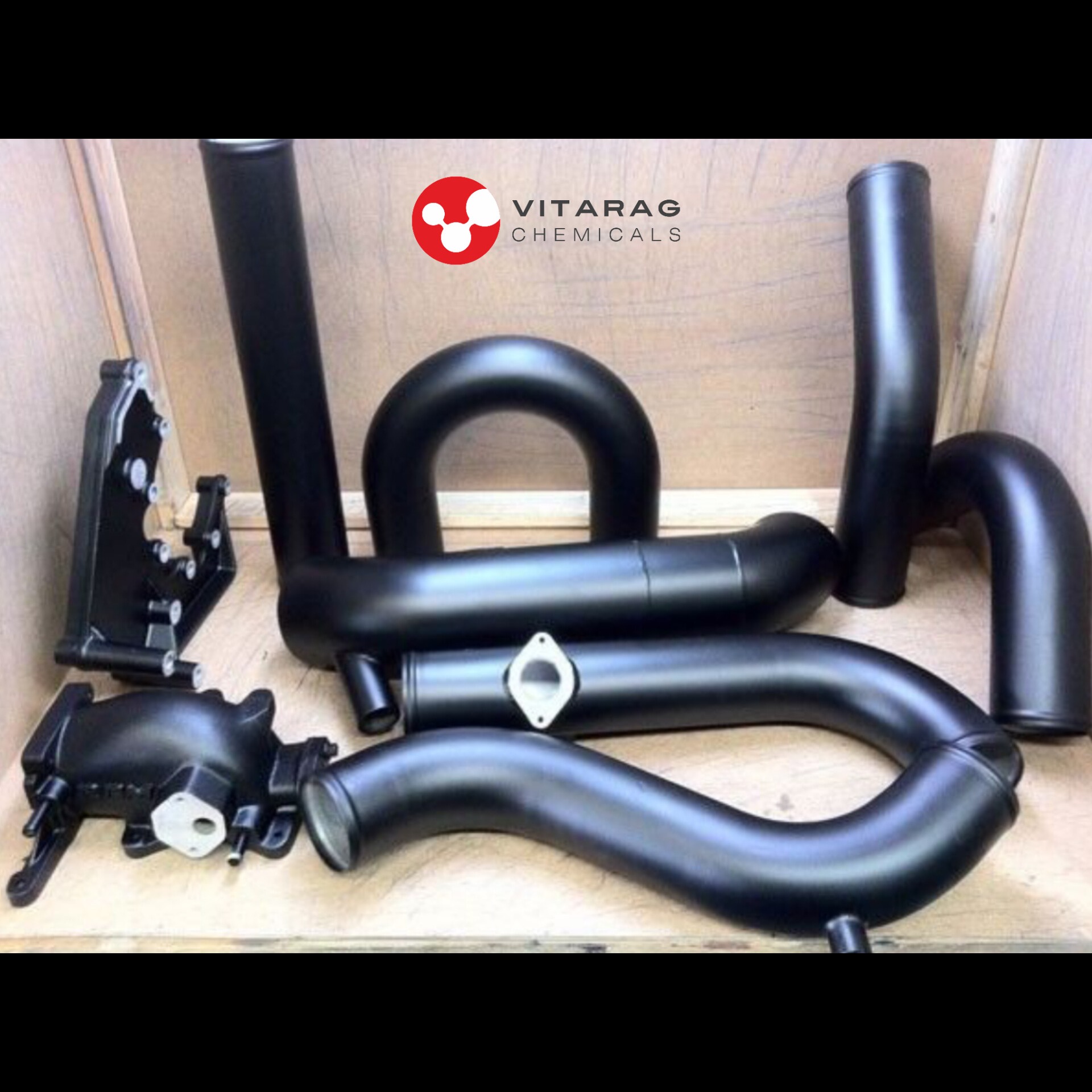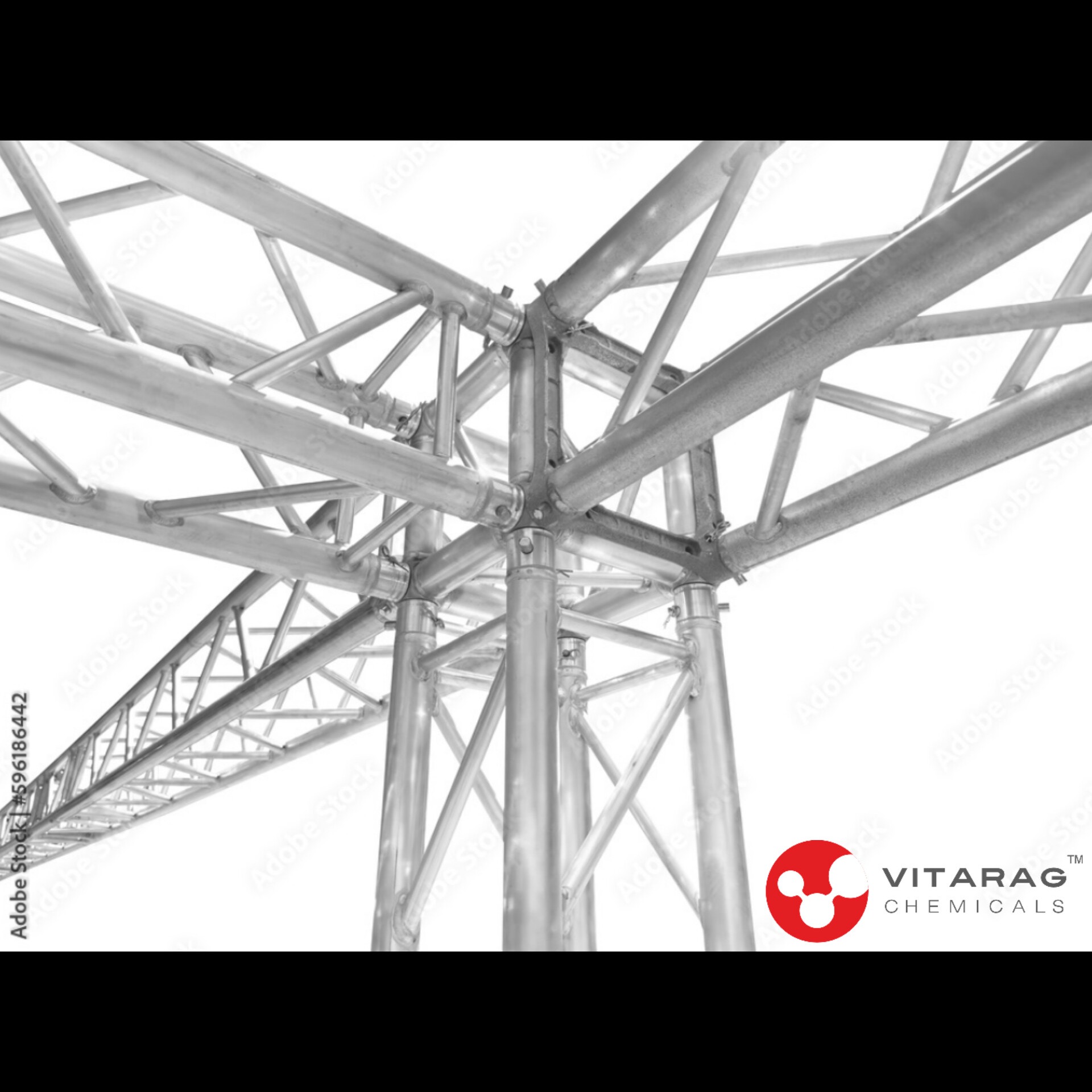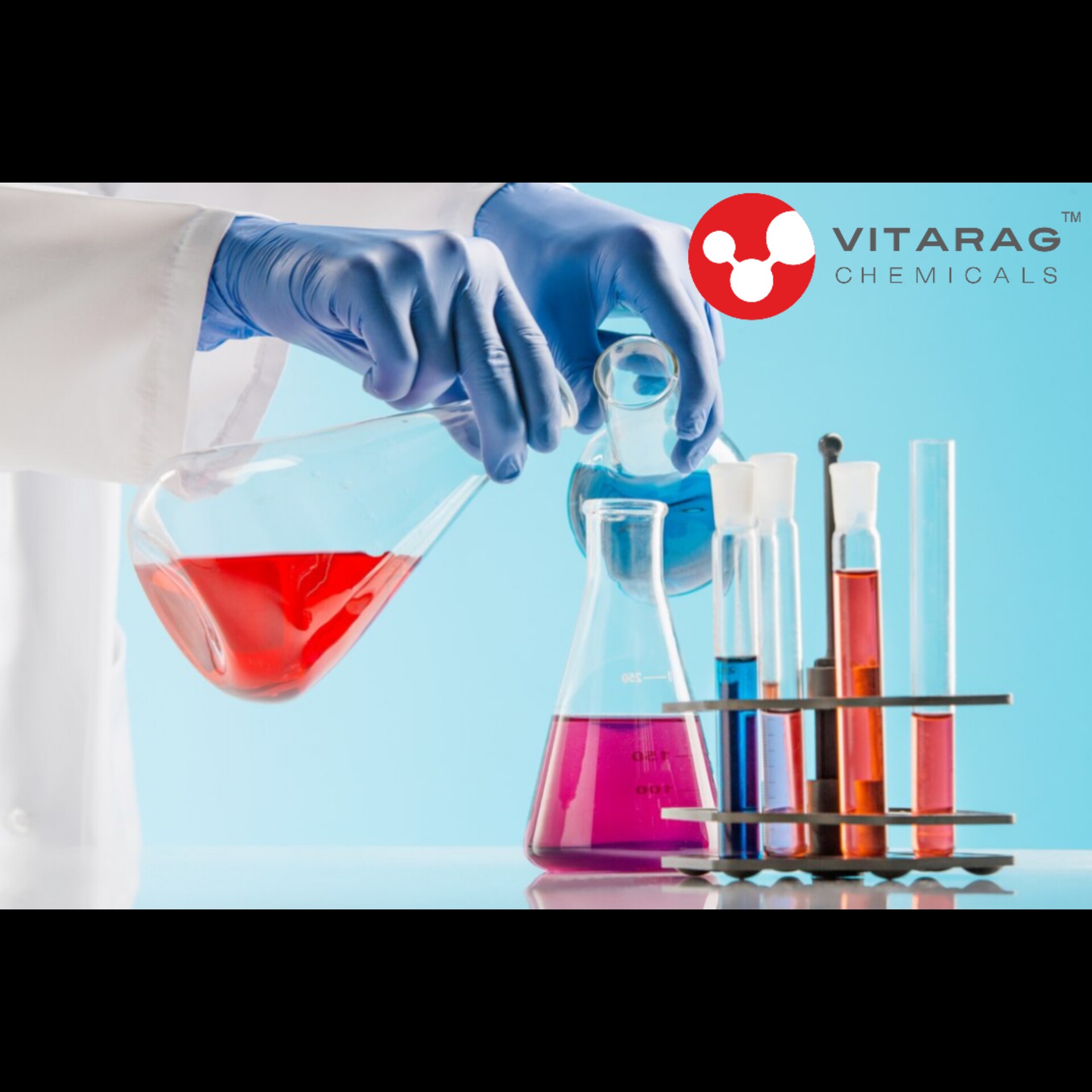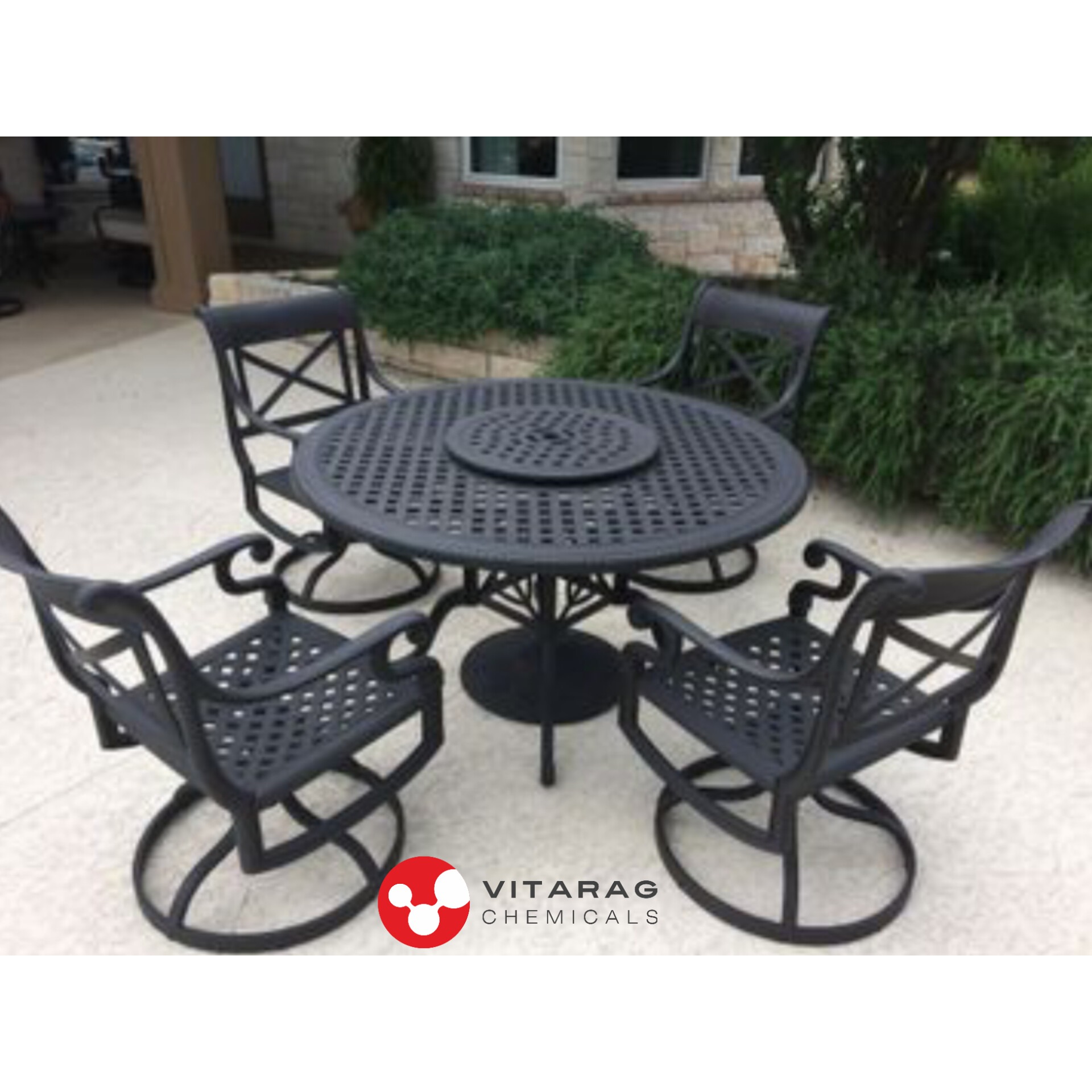
Blackening Chemicals vs Plating
-Blackening and plating are both surface treatment processes used to protect metal parts, enhance their appearance, and improve durability, but they work differently and serve distinct purposes. Here’s a comparison:
- Blackening Chemicals
1. Process:
- Blackening (also known as black oxide coating) is a conversion coating process where the surface of the metal reacts chemically to form an oxide layer. This layer is typically black or dark gray.
- The process involves dipping the metal in a series of chemical baths, usually including a cleaning solution, a blackening solution (like hot alkaline), and a sealing agent (like oil or wax) to protect the surface.
- Plating
1. Process:
- Plating involves applying a layer of metal (such as zinc, chrome, nickel, or gold) onto the surface of another metal through electroplating or electroless plating.
- In electroplating, an electric current is used to reduce metal cations in a solution onto the surface of the substrate.
- In electroless plating, a chemical reduction reaction deposits the metal onto the surface without using an electric current.
Keywords
1. Process
metal parts
oxide layer
hot alkaline
metal cations
sealing agent
chemical baths
electric current
cleaning solution
distinct purposes
blackening solution
electroless plating
black oxide coating
Blackening Chemicals
conversion coating process
surface treatment processes
chemical reduction reaction

